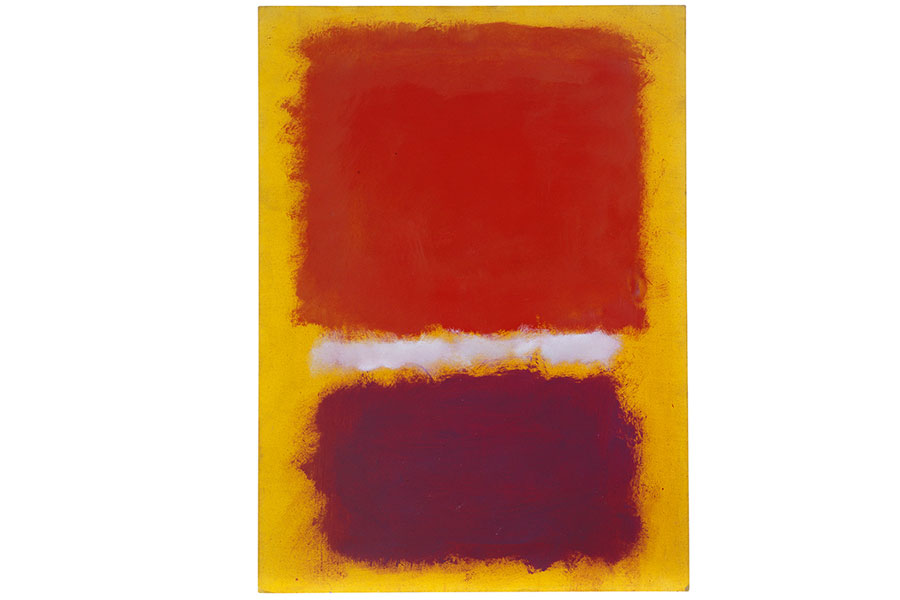San Francisco presents the first exhibition dedicated to Botticelli’s drawings

From November 18, 2023, to February 11, 2024, the Legion of Honor in San Francisco presents “Botticelli Drawings”, a major exhibition drawing together the complete graphic output of one of the world’s most famous artists for the first time.
Source: Fine Arts Museum of San Francisco · Image: Sandro Botticelli, “The Devout Jews at Pentecost,” ca. 1505. Black chalk, pen and brown ink, brown wash, highlighted with white gouache on paper. 9 1/8 x 14 3/8 in. (23.1 x 36.5 cm.) Hessisches Landesmuseum Darmstadt, Photograph by Wolfgang Fuhrmannek.
A quintessential artist of the Italian Renaissance, Alessandro di Mariano di Vanni Filipepi—better known as Sandro Botticelli—has had an enduring influence on contemporary culture, from art and design to dance, music, fashion, and film. Known for some of the world’s greatest paintings, from “La Primavera” (1477–1482) to the “Birth of Venus” (1485–1486), Botticelli has inspired the likes of artists Andy Warhol, Jean Paul Gaultier, and Cindy Sherman, among others. He was an expert draftsman, creating drawings that underlie and animate his greatest compositions. Although key to the aesthetic driving his continued relevance and popularity, there has been no major exhibition dedicated to Botticelli’s art of drawing—until now. Reuniting rare works from across the United States and Europe, Botticelli Drawings—presented exclusively at the Legion of Honor—is the first exhibition to explore the central role that drawing played in Botticelli’s art and workshop practice. Anchored by extensive research by Furio Rinaldi, curator of prints and drawings at the Fine Arts Museums of San Francisco, the exhibition unveils five newly attributed drawings alongside nearly 60 works from 42 lending institutions. Pairing Botticelli’s graphic output as a whole from the Gallerie degli Uffizi, Florence; British Museum, London; and The Morgan Library & Museum, New York alongside key paintings on loan from The National Gallery, London; the Galleria Borghese, Rome; and the Musée du Louvre, Paris, Botticelli Drawings offers a rare opportunity to explore the artistic process behind such renowned works as The Adoration of the Magi (1475–1476), reunited here with three preparatory designs.
“Botticelli Drawings” features 27 drawings by the artist, exploring the medium as his primary form of artistic expression. The incredible rarity and fragility of these works precludes frequent travel, and many are leaving their lending institutions for the very first time in modern history solely for this exhibition. The result of original, exacting research, the exhibition unveils five newly attributed drawings by Botticelli. The preparatory drawing for the Louvre’s “The Virgin and Child with the Young Saint John the Baptist” (ca. 1468–1480), newly attributed, is reunited here with the resulting painting. Other unprecedented pairings, such as the brush drawings on linen—divided between the Fitzwilliam Museum in Cambridge, England, and the Morgan Library & Museum in New York—with the resulting painting of “The Adoration of the Magi” (1475–1476, Uffizi), offer insight into the artist’s transformative method of composition and design process. Departing from the standard interpretation of Botticelli’s later years as a period of decline marred by successive political upheavals in the wake of the Medici’s ouster, the exhibition rethinks the artist’s works from the 1490s and 1500s as one of his most experimental phases yet. The Museums’ presentation offers a new lens through which to consider the artist’s unconventional stylistic evolution toward linear abstraction, resistance to perspective, and anti-naturalism.
“Botticelli’s paintings are world-renowned for their grace and exquisite line, but the relationship between his drawings and paintings has never been fully investigated,” remarked Thomas P. Campbell, Director and CEO of the Fine Arts Museums of San Francisco. “Now, in this stunning and groundbreaking exhibition, the majority of Botticelli’s graphic output takes us below the surface of the paintings to illuminate the artist’s creative process, from conception and development to final execution.”
Follow us on:


